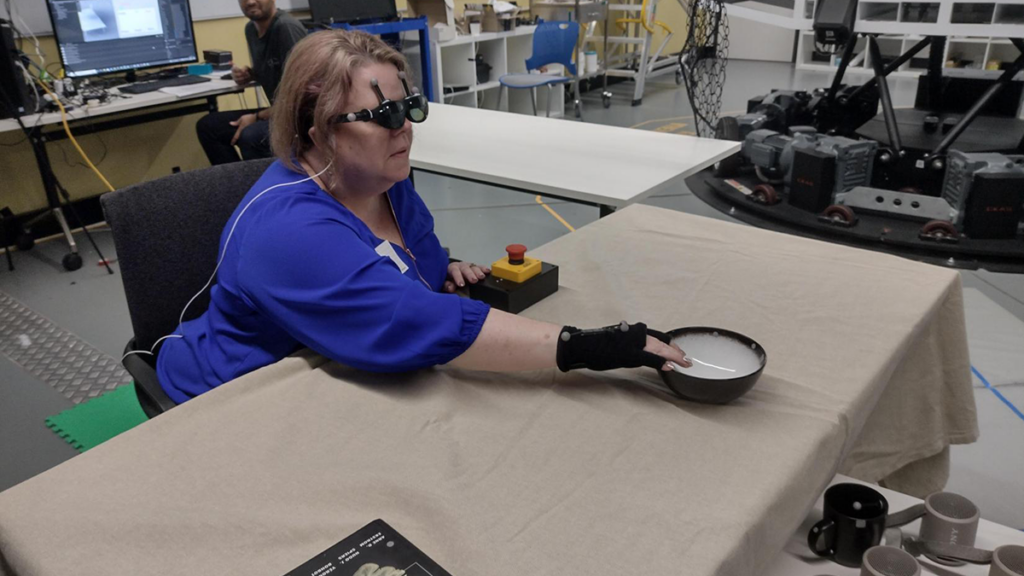Researchers from Australia have developed an innovative technology termed ‘acoustic touch’ that enables individuals to ‘see’ through sound. This technology holds the potential to significantly benefit those who are blind or possess low vision.
According to the World Health Organisation, approximately 39 million individuals globally are blind, and an added 246 million suffer from low vision, affecting their daily life activities.
The advanced smart glasses, which convert visual data into specific sound icons, have been crafted by scientists from the University of Technology Sydney and the University of Sydney, in collaboration with the Sydney-based start-up, ARIA Research.
Professor Chin-Teng Lin, an expert in brain-computer interface research at the University of Technology Sydney, stated: “Traditional smart glasses employ computer vision and varied sensory data to transform the user’s environment into computer-generated speech. In contrast, acoustic touch technology provides a sonic interpretation of objects, producing distinct sound patterns as they come into the device’s visual range. For instance, the rustling of leaves might denote a plant, or a buzzing might symbolise a mobile phone.”
A research paper, examining the effectiveness and user-friendliness of acoustic touch technology for assisting those who are blind, spearheaded by Dr Howe Zhu from the University of Technology Sydney, has recently been released in the journal PLOS ONE.
The study involved testing the device on 14 participants: seven with blindness or low vision and seven sighted individuals who wore blindfolds and acted as a control group.
It was observed that the wearable device, fitted with acoustic touch technology, considerably improved the capability of individuals with blindness or low vision to identify and grasp objects, without exerting undue cognitive strain.
Dr Zhu commented: “The auditory feedback allows users to pinpoint and grasp objects with notable precision. Our results suggest that acoustic touch presents a viable and wearable means of sensory enhancement for the visually impaired community.”
The findings emphasise the significance of developing assistive technologies that address challenges such as finding specific household goods and personal items.
By tackling these daily obstacles, acoustic touch technology offers new opportunities for those with blindness or low vision, elevating their autonomy and life quality.
As advancements continue, acoustic touch technology might soon become a fundamental component of assistive tools, aiding individuals in navigating their surroundings more proficiently and effectively than previously possible.
